ADM Scaffolds Generate a Pro-regenerative Microenvironment During Full-Thickness Cutaneous Wound Healing Through M2 Macrophage Polarization via Lamtor1
June 2018
in “Frontiers in Physiology”
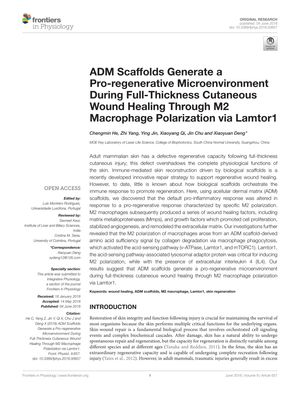
TLDR ADM scaffolds help skin heal by promoting a healing-type immune response.
The 2018 study focused on the impact of acellular dermal matrix (ADM) scaffolds on full-thickness cutaneous wound healing, particularly through the modulation of the immune response. The researchers discovered that ADM scaffolds shifted the typical inflammatory response towards a regenerative one by promoting M2 macrophage polarization. This polarization was facilitated by the amino acid sufficiency signal from collagen degradation within the scaffolds, which activated the acid-sensing pathway involving v-ATPase, Lamtor1, and mTORC1. Lamtor1 was identified as a key protein for inducing M2 polarization in the presence of interleukin 4 (IL4). The study demonstrated that ADM scaffolds not only increased macrophage recruitment but also accelerated the polarization towards an M2 phenotype, which is known for its role in tissue repair and regeneration. The findings suggest that ADM scaffolds could be a beneficial approach for enhancing skin regeneration following injury by creating a pro-regenerative microenvironment. The number of mice used in the experiments was 5 for quantification of collagen fibers and vessel area, and the same number for the analysis of Vegfa expression.
View this study on doi.org →
Cited in this study
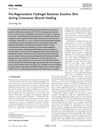
research Pro‐Regenerative Hydrogel Restores Scarless Skin during Cutaneous Wound Healing
A special hydrogel helps heal skin without scars and regrows hair.
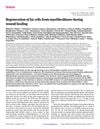
research Regeneration of fat cells from myofibroblasts during wound healing
Some wound-healing cells can turn into fat cells around new hair growth in mice.
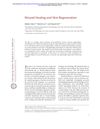
research Wound Healing and Skin Regeneration
Hair growth phase and certain genes can speed up wound healing, while an inflammatory mediator can slow down new hair growth after a wound. Understanding these factors can improve tissue regeneration during wound healing.
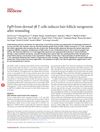
research Fgf9 from dermal γδ T cells induces hair follicle neogenesis after wounding
A protein from certain immune cells is key for new hair growth after skin injury in mice.
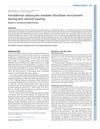
research Intradermal adipocytes mediate fibroblast recruitment during skin wound healing
Fat cells help recruit healing cells and build skin structure during wound healing.

research Adipocyte Lineage Cells Contribute to the Skin Stem Cell Niche to Drive Hair Cycling
Fat-related cells are important for initiating hair growth.
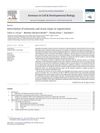
research Interrelation of immunity and tissue repair or regeneration
The immune system plays a key role in tissue repair, affecting both healing quality and regenerative ability.